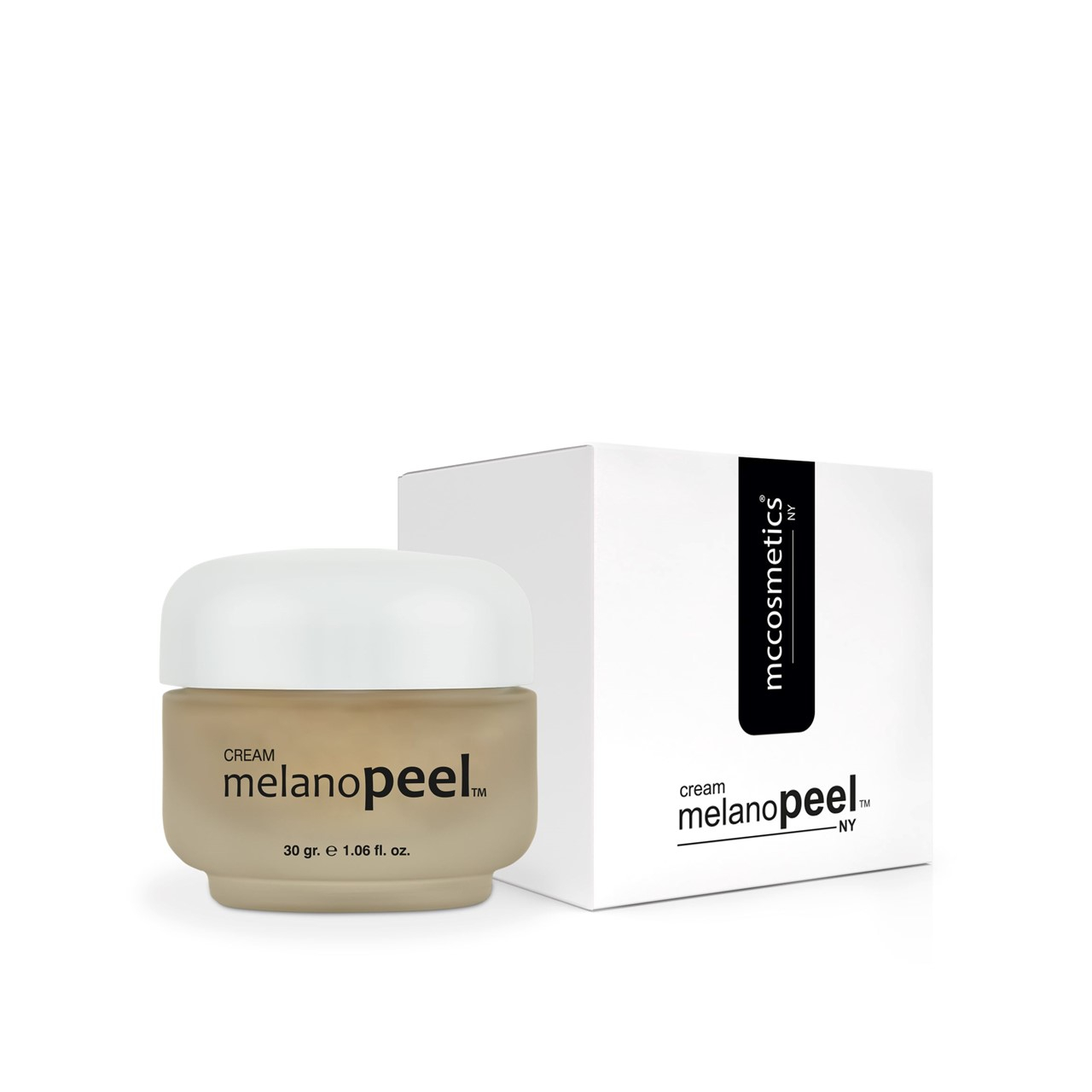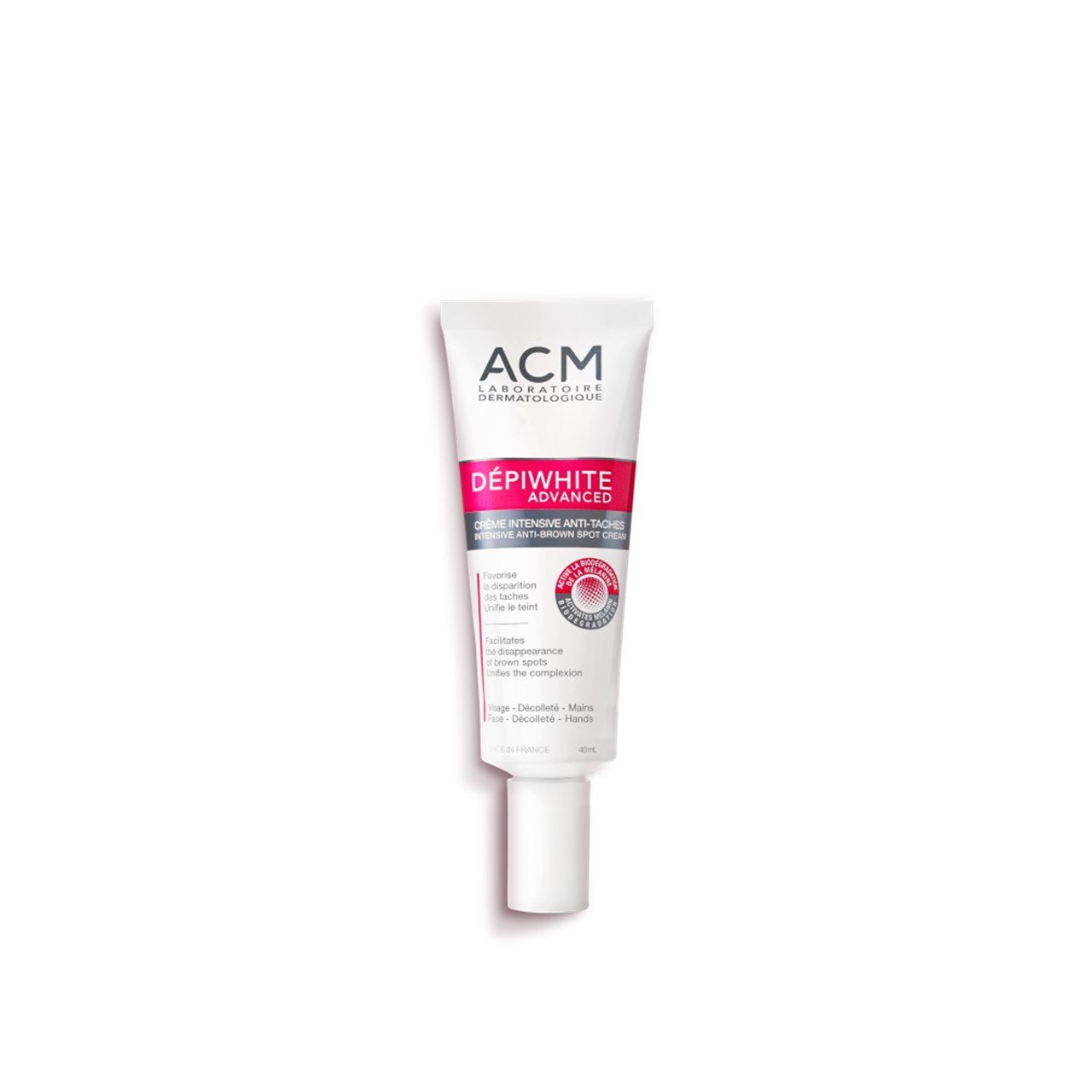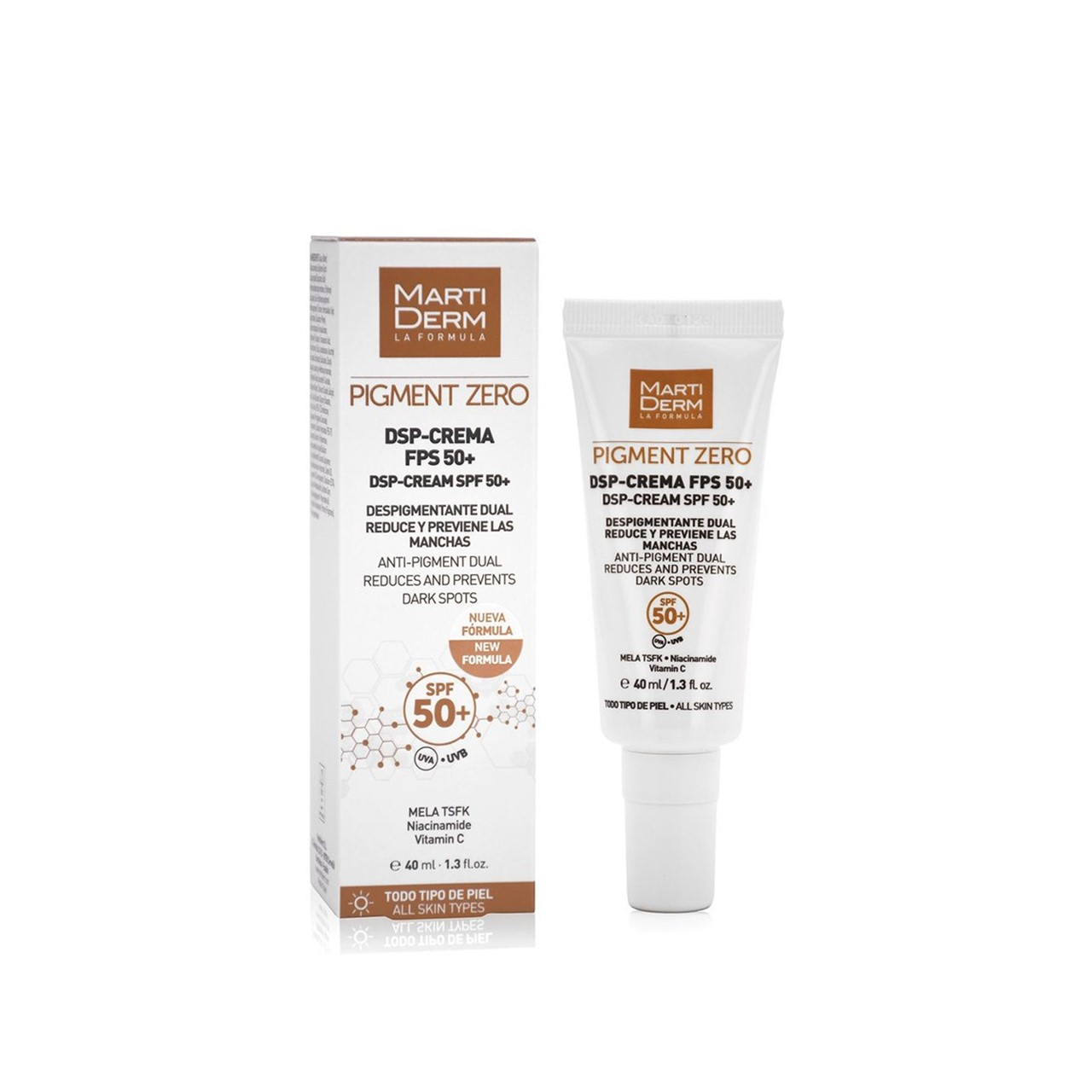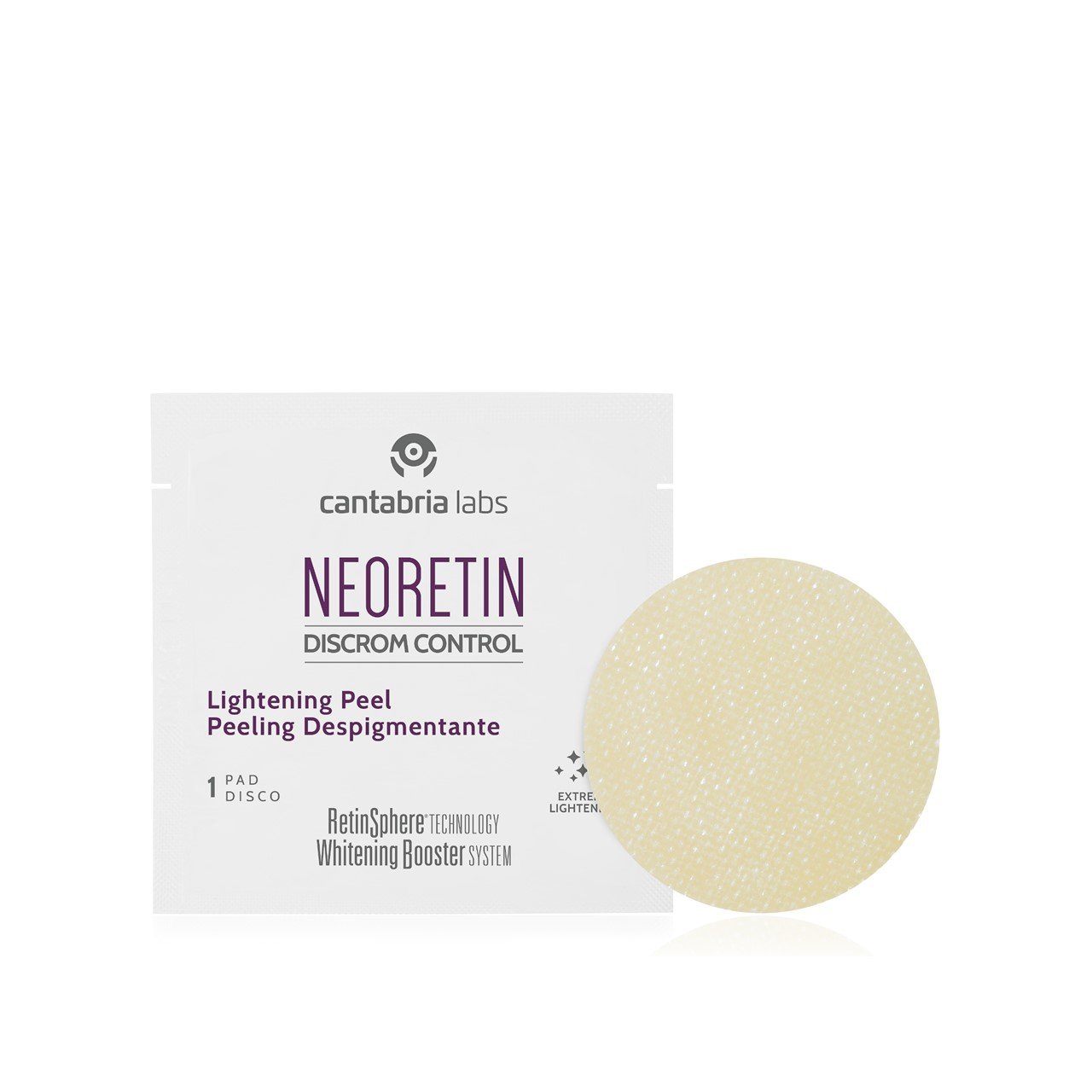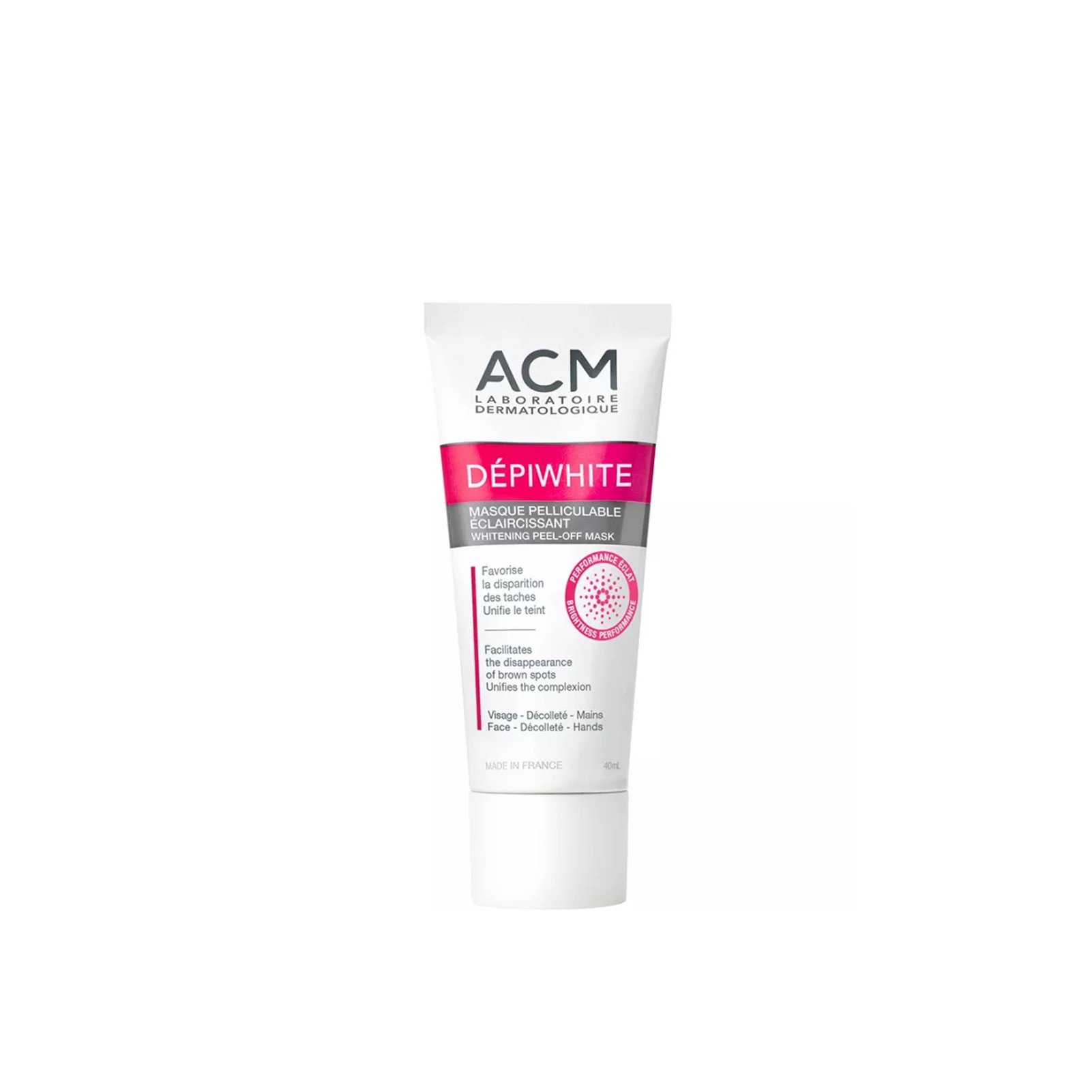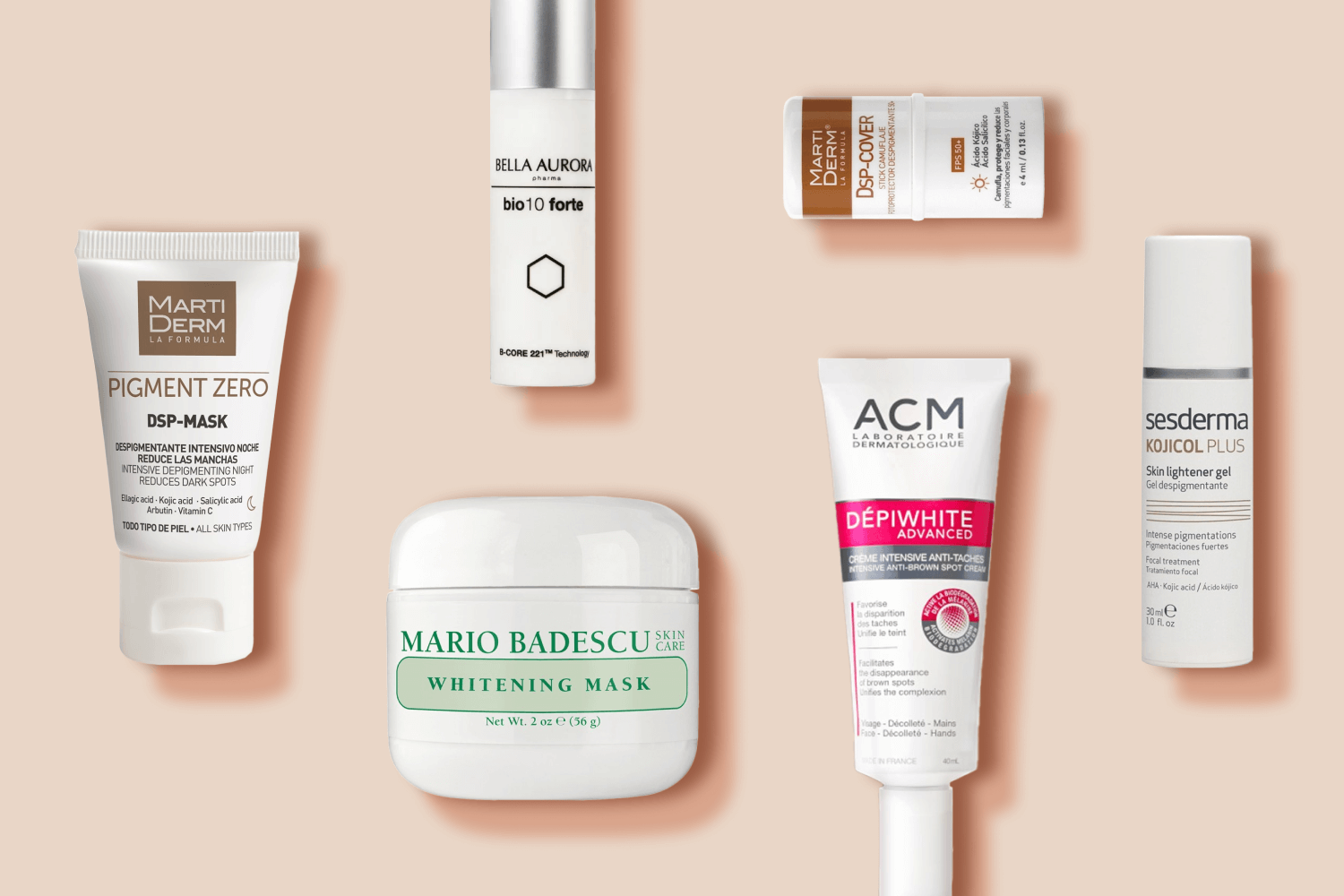
Kojic acid may not be one of the most popular skincare ingredients out there, but that doesn’t mean you should overlook it in your skincare routine! If you’re looking to lighten dark spots and hyperpigmentation, then you should definitely consider embracing the brightening benefits of kojic acid. Keep reading to learn more about this humble little ingredient!
On this post:
- What is kojic acid?
- How kojic acid benefits the skin
- Potential side effects of kojic acid
- Who should use kojic acid?
- How to use kojic acid in your skincare routine
- What kind of products contain kojic acid?
What is kojic acid?
Kojic acid is a naturally sourced ingredient, which can be extracted from different types of fungi, including mushrooms. It can also be obtained after fermentation of some foods, such as Japanese sake, soy sauce, or rice wine.
Although it has”acid” in its name, kojic acid is not an exfoliating acid like AHAs, BHAs, or PHAs. It won’t promote faster cell turnover, or help you achieve that polished “new skin” effect you can get with some other acids. (If that’s your goal, try the classic glycolic acid, and you might get good results.)
Instead, kojic acid can help inhibit melanin formation, which is particularly helpful to people who are struggling with dark spots, melasma, ou post-inflammatory hyperpigmentation (PIH). We’ll delve deeper into that in a moment.
How kojic acid benefits the skin
It brightens dark spots and hyperpigmentation
As we saw in the previous section, the main benefit kojic acid brings to the skin is its brightening and anti-dark spots effect. Kojic acid produces this effect because it is an inhibitor of tyrosinase, a naturally occurring enzyme in the skin that contributes to melanin synthesis. Melanin, of course, is what makes your dark spots darker than the rest of your skin tone. By reducing tyrosinase activity, kojic acid helps reduce melanin synthesis. In the end, this helps prevent and correct the appearance of dark spots.
If you’ve tried plenty of brightening ingredients and haven’t seen any progress, maybe try kojic acid next! And don’t worry–it will help you lighten dark spots, but it will not lighten your natural skin tone.
Potential side effects of kojic acid
Kojic acid is a safe ingredient that can be found in different skincare products. However, like all active ingredients, kojic acid is not entirely free of side effects. In some cases, kojic acid can cause side effects such as redness, irritation, itchiness, or just general discomfort. The more sensitive your skin (and the higher the concentration you are using), the more likely you are to experience these side effects.
If you experience these or other side effects, stop using your kojic acid product, and let your skin rest for a while. If you need to, you can help your skin recover with a repairing cream. If you decide, later, that you want to keep using the product, make sure to bring it back into your routine slowly, every other night, until your skin is comfortable with it.
Kojic acid and sun exposure
You know the drill by now: if you are using a specific ingredient to lighten dark spots and areas of hyperpigmentation, it’s extremely important to follow it up with very high sun protection, every single time. If you use a lightening ingredient, such as kojic acid, and then step out into the sun unprotected, you will be undoing all your progress.
Knowing dark spots are remarkably hard to treat, this is our best advice regarding kojic acid and sun exposure: complement your favorite kojic acid product with a sunscreen designed for dark spot correction, and you’ll be well on your way to great results.
Kojic acid and pregnancy
Kojic acid is a safe ingredient to use during pregnancy. However, the usual warnings apply: make sure to follow the instructions on your product, do not exceed the recommended number of daily uses, and check with your doctor if you have any specific questions! When it comes to safety, it’s always better to get specific with your healthcare provided than it is to follow general online advice.
Who should use kojic acid?
If you tend to develop dark spots, either after sun exposure or once pimples have faded (we call that post-inflammatory hyperpigmentation, or PIH), kojic acid may be a good option for you. Likewise, if you have melasma, this ingredient can help you lighten the tone of the affected area. Finally, if you have age spots and sun damaged patches, you can definitely include kojic acid in your routine.
How to use kojic acid in your skincare routine
If your goal is to fight dark spots and brighten the skin with kojic acid, then you should look for a leave-on product (like a serum or cream) that combines kojic acid with other ingredients that promote the lightening effect you are looking for. In the next section, we’ll show you examples of products that combine kojic acid with other brightening ingredients (such as tranexamic acid, niacinamide), but also with renewing and exfoliating ingredients (like glycolic or salicylic acids).
What kind of products contain kojic acid?
Kojic acid can be present in all types of products for dark spots; however, you’re more likely to find it in leave-on products like serums, creams, masks, and even sunscreens! There’s nothing wrong with using kojic acid in cleansing products; however, since these products are meant to be applied and then removed from the face, you end up not benefiting the most from the brightening properties of kojic acid.
Kojic acid in daily care products
If you want to minimize the appearance of dark spots, then you should start by integrating a brightening product into your daily routine. It can be a serum, a gel, or a cream–the texture isn’t super important, consistent application is. If you are looking for a product of this kind with kojic acid, we have two good options:
The first is the mccosmetics Melanopeel Cream, a non-greasy moisturizer that brightens the skin and evens out the skin tone. The formula is based on a high concentration of kojic acid, whose brightening effect is enhanced by the addition of exfoliating acids, such as salicylic and lactic acid.
The second option is the ACM Laboratoire Dépiwhite Advanced Anti-Brown Spot Cream, a depigmenting cream that can be used on the face, neck and décolleté, and hands. Its formula features a brightening duo that is quite common, kojic acid and niacinamide, along with vitamin C and glycolic acid.
Kojic acid in sunscreens
As a brightening ingredient, kojic acid can be an interesting active to include in sunscreens formulated for skin with dark spots and uneven pigmentation. Spanish brand Martidem does this very well in their Pigment Zero range, which includes two sunscreens with kojic acid.
The MartiDerm Pigment Zero DSP-Cream SPF50 is a daily care product with a hyper-complete formula: in addition to kojic acid, it also contains tranexamic, salicylic, and ferulic acids. Together, these acids work to prevent and reduce dark spots and hyperpigmentation. In addition, the cream also contains niacinamide, vitamin C, and, of course, sun filters.
For those dealing with localized dark spots, MartiDerm also offers the MartiDerm Pigment Zero DSP-Cover Stick SPF50+. This tinted stick is a 3-in-1 product that works as a concealer, a spot lightener (featuring brightening kojic acid and renewing salicylic acid), and a sunscreen. For those who have melasma in very localized areas, this product can be a great choice.
Kojic acid for occasional use
Maybe you’re already married to your favorite dark spot treatment, and don’t want to replace it with one that features kojic acid. No problem! You can still include kojic acid in your routine by using occasional masks or peels that use this ingredient. We’ve got two options:
If you’re into the concept of peeling pads, you can try the Neoretin Discrom Control Pigment Corrector Peel Pads. These peeling pads are soaked in a super-concentrated formula that contains, among other actives, kojic, glycolic, and salicylic acids, retinol, vitamin C, and niacinamide. Due to the high concentration of ingredients, these pads should only be used once a week, as a complement to your routine.
If you prefer to use a face mask, you can opt for the moisturizing and illuminating ACM Dépiwhite Whitening Peel-Off Mask. This mask contains kojic acid, of course, but also antipollon. Use it two to three times a week, and watch as this mask boosts the brightening effects of your regular skincare routine!
Now that we’ve shown you all the brightening benefits of kojic acid, we hope we’ve convinced you to give this ingredient a chance in your brightening and anti-dark spots routine. Just don’t forget the big rule: if you’re looking to brighten dark spots, always combine your favorite treatment with a targeted sunscreen for dark spots. That way, you’ll see lasting results!
Beauty Writer & Editor


